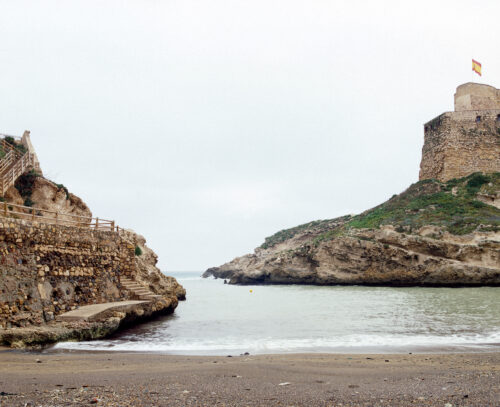In four chapters Barriers – European Neighbouring looks at man-made, physical borders within the context of present-day Europe and the European Union’s policy on borders and migration: the wall around the Jewish ghetto in Warsaw, Hadrians wall in Northern England, the Peacelines in Belfast and the wall around Melilla, a Spanish exclave in Morocco. These four locations span a large part of Europe, both geographically and historically.
Besides resemblance of form, these spatial boundaries also exhibit similarities from a temporal and functional perspective. Within the course of their historical evolution we see how boundaries are built, redrawn and functionally reassigned. They originate in conflict, become obsolete, degenerate, pass through a phase of restoration and become tourist attractions. The underlying theme in this series is a search for the different (functional) phases in this chronology.
















